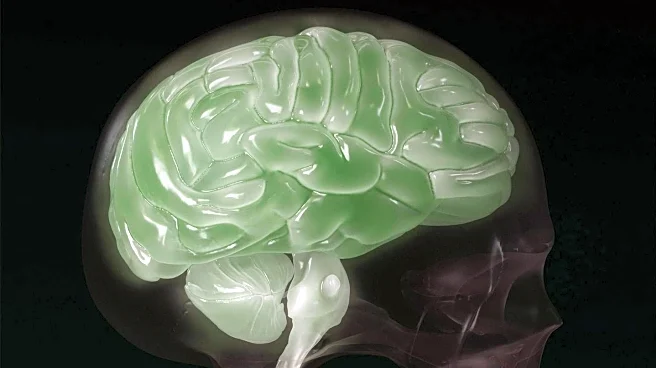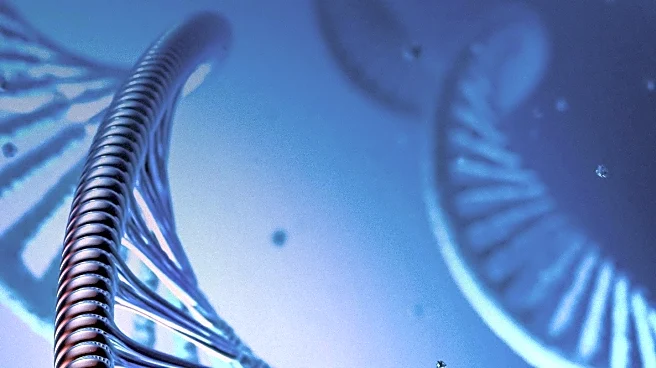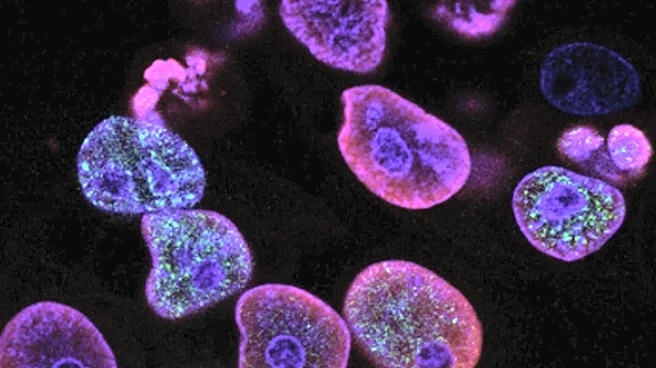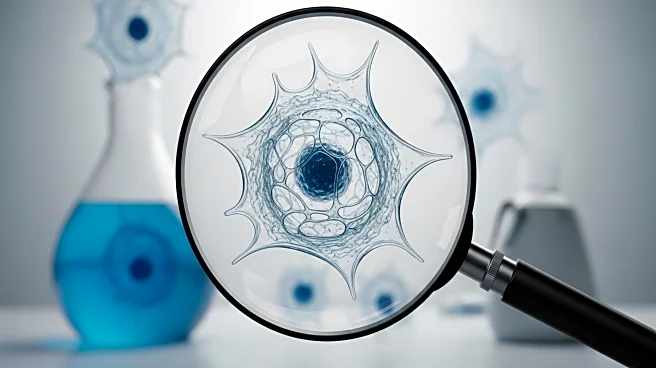What is the story about?
What's Happening?
Researchers from the University of Cambridge and the National Institute on Aging have discovered a unique type of brain cell, termed disease-associated radial glial-like (DARG) cells, which may play a crucial role in progressive multiple sclerosis (PMS). Using 'disease in a dish' technology, the team found that these cells contribute to the persistent inflammation characteristic of PMS. The study, published in Neuron, highlights that DARG cells are present in chronic active lesions and may drive neurodegeneration by releasing inflammatory signals that accelerate brain cell aging. This discovery provides a new avenue for understanding MS mechanisms and developing effective therapies.
Why It's Important?
The identification of DARG cells is significant as it unveils a previously unrecognized cellular mechanism that could be central to the chronic inflammation and neurodegeneration seen in PMS. This breakthrough offers potential therapeutic targets, which could lead to the development of disease-modifying treatments for PMS, a condition with limited treatment options. By targeting DARG cells, researchers hope to disrupt the damaging inflammatory environment and slow disease progression, offering hope to thousands affected by this debilitating condition.
What's Next?
The research team plans to explore the molecular machinery behind DARG cells and test potential treatments aimed at correcting or eliminating their dysfunction. Success in these efforts could lead to the first truly disease-modifying therapies for PMS. Additionally, the approach used in this study may reveal the role of DARG cells in other neurodegenerative diseases, expanding the scope of therapeutic interventions.
Beyond the Headlines
The discovery of DARG cells not only advances the understanding of PMS but also highlights the importance of cellular interactions in neurodegeneration. The study suggests that targeting specific cellular axes could be a promising strategy in combating various forms of neurodegeneration, potentially leading to broader applications in neurological research and treatment.
AI Generated Content
Do you find this article useful?













